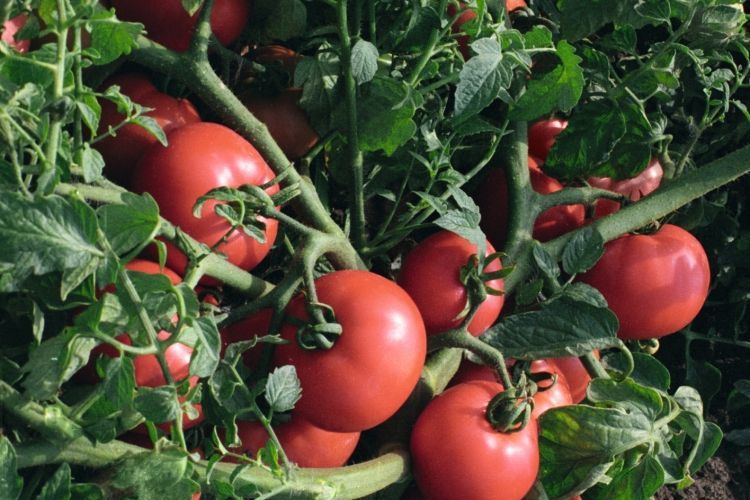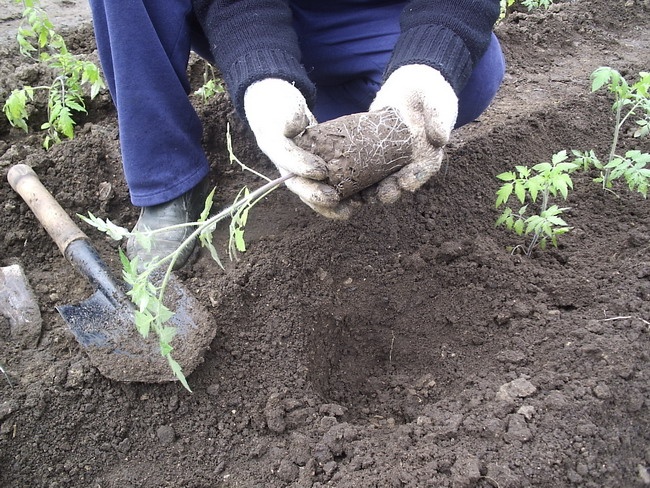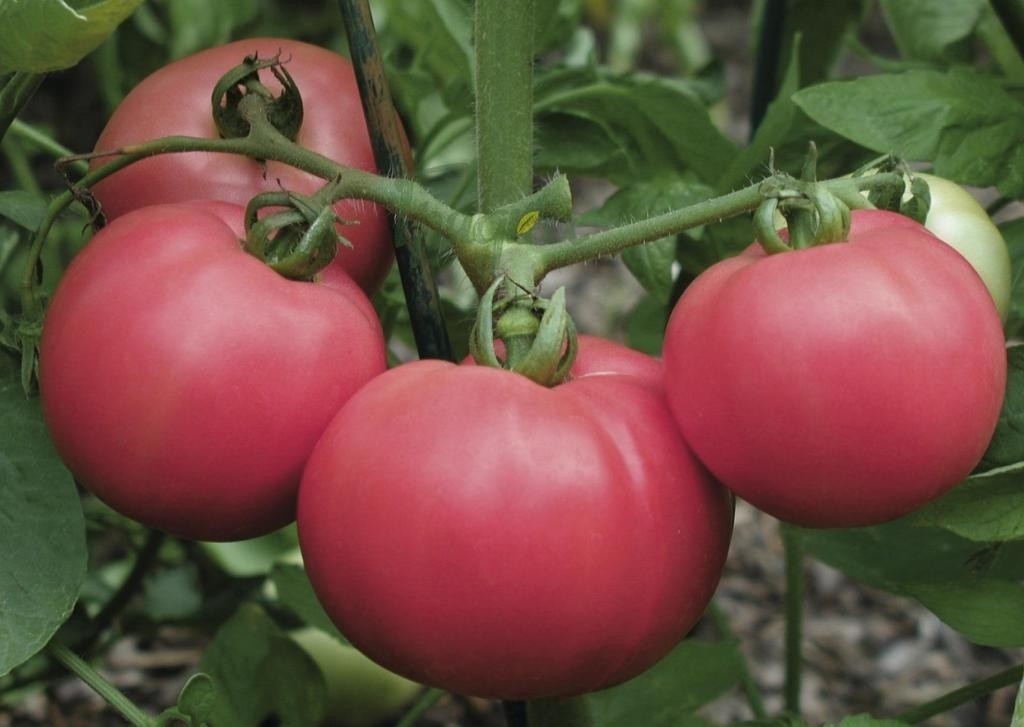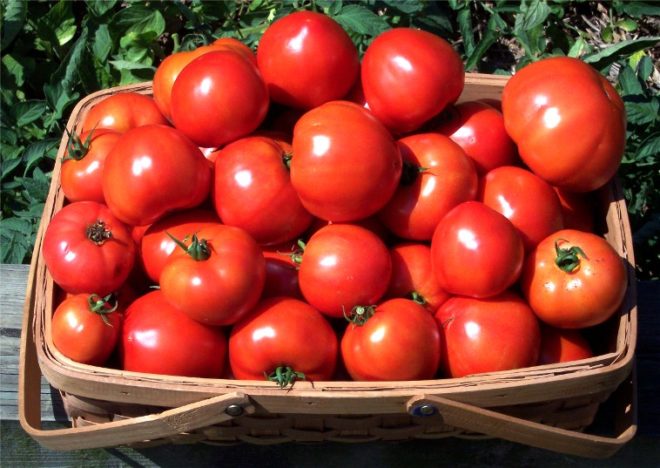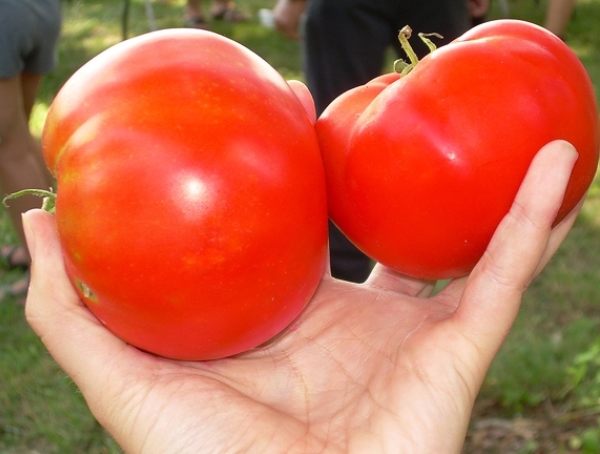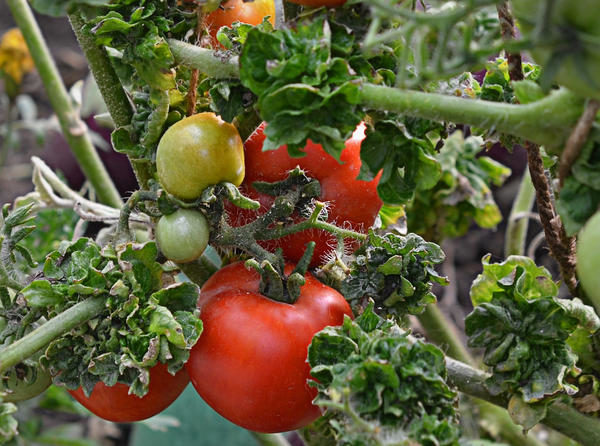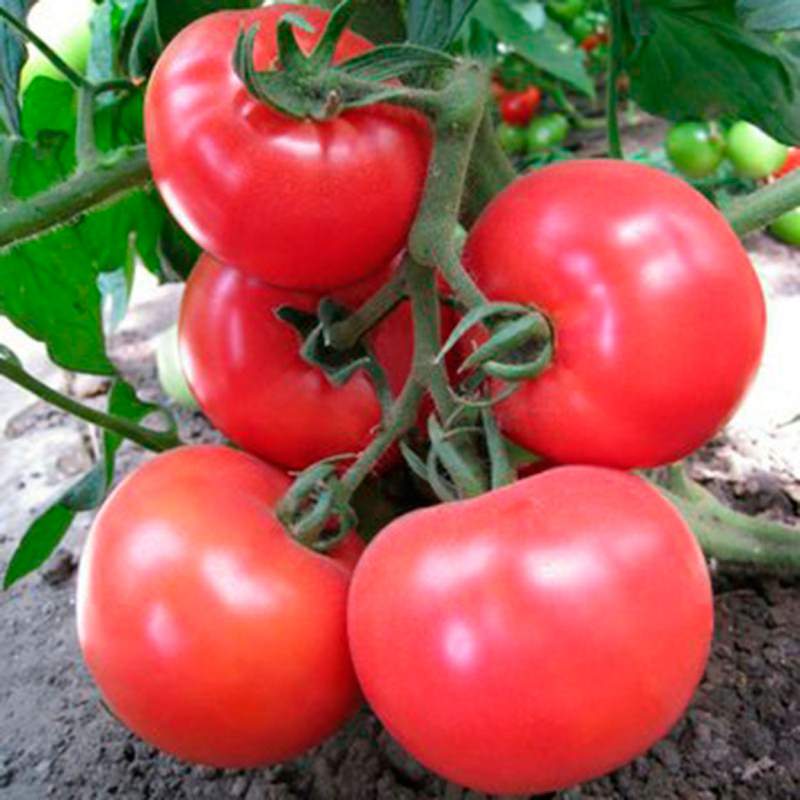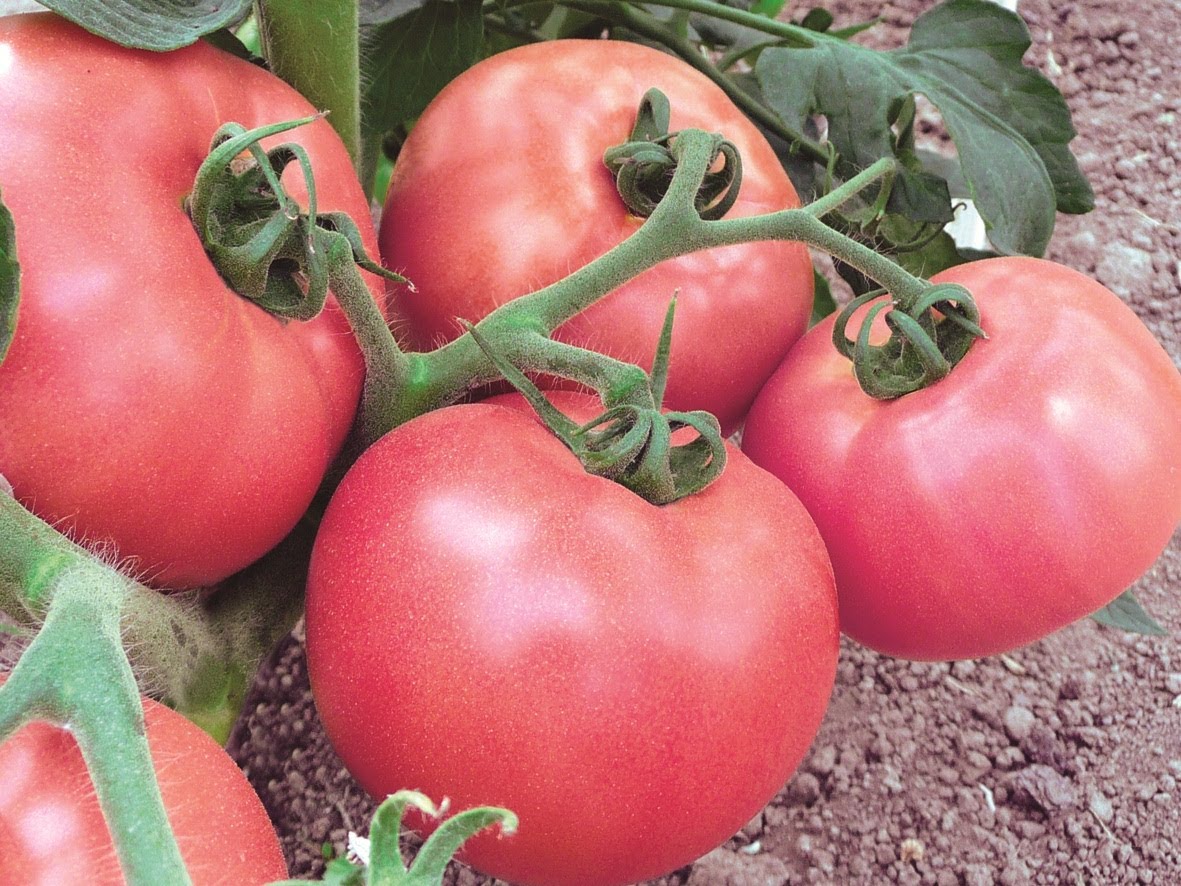Content:
The history of the creation of the variety
The Sultan tomato variety was developed in the Netherlands. Suitable for the climate of such regions of the Russian Federation as:
- North Caucasus;
- Lower Volga region;
- Central region.
It was developed for cultivation in greenhouses, outdoors and under cover. Sultan tomatoes are similar in description to Padishah tomatoes. According to the description, Padishah tomatoes, like Sultan tomatoes, are a fairly productive variety. Sultan tomatoes are well stored and transported. More than 15 kg of tomato can be harvested from one square meter. This tomato variety bears harvest throughout the summer. For higher yields, tomato bushes are recommended to be fed and watered correctly. The fruits are suitable for juicing, preservation for the winter, and use in preparing daily meals.
Characteristics and description of the Sultan variety
Tomato Sultan is a medium early tomato, the characteristics and description of the variety indicate that it is very productive.
The bushes are small in height, rather compact, with wide dark green leaves. The greens are dense. Tomatoes ripen in 5-7 pieces. on one inflorescence. The fruits of Sultan tomatoes ripen throughout the summer. The last tomatoes can be harvested in early September. The first crop is harvested 100 days after germination. Full maturation occurs 115 days after the first shoots appear. Ripe tomatoes are medium in size, slightly round in shape, with a distinct stem.
The stalk is surrounded by a small dark green spot that disappears during the ripening process. Fruit weight averages 200 grams. In the process of ripening, the fruits change color from bright evil to deep red. Tomatoes of this variety are juicy, slightly sugar, dense. The fruit contains 6-7 seed chambers, but there are few seeds. The dense skin protects the tomato from cracking.
The bush reaches a maximum size of 70 cm. The palatability of the fruits is at a high level, but they depend on the cultivation technique and care for this crop. According to the parameters of dry matter in tomatoes of this variety, the percentage is about 5%, and sugar - 3%.
Planting and growing
Sultan tomatoes are grown, in most cases, in seedlings. Tomato seeds differ in that they do not require soaking or disinfection. They go through all these processes when they are packaged. The soil can be purchased special, which is intended for seedlings. It contains a high percentage of humus and peat. The seeds are sown in hotel peat cups, to a depth of about 2 cm. Seeds are sprinkled on top with a small amount of earth, the cups are placed in a place that receives a lot of sunlight.
It is recommended to water with melt water, room temperature. If several sprouts have sprouted in a peat cup, they should be planted. At this stage, you can feed the sprouts with liquid fertilizer, which contains a vitamin complex. The more nutritious the soil in the seedling container, the more chances the bushes have to take root.
Also, if spots appear on the seedlings, or dry leaves are present, get rid of it. The height of the bush should be no more than 25 cm. At this height, 4-6 leaves should be formed on the stem. It is recommended to plant seedlings no later than 60 days from the moment the sprouts appear. Seeds germinate at a temperature of 14 degrees Celsius. If the temperature drops to around 10, the plant freezes in development. As soon as the temperature drops below 0, the plant begins to die.
The formed bushes should be transplanted into greenhouses in the second decade of May. Tomatoes cannot be entered into open ground until the first month of summer. Before transplanting bushes into greenhouses or open ground, the land must be prepared. To do this, it must be dug up and fed with mineral fertilizers. In autumn, you can mix the ground with rotted manure. You can also dilute the soil with compost. Since autumn, phosphorus and potash fertilizers are added to the soil. Tomatoes love the high potassium and phosphorus content of the soil. If the soil on the site is clay, it is diluted with sand, in a ratio of 9 kg per square meter. With increased acidity of the soil, it is diluted with lime.
Tomato bushes planted in open ground should be fed with fertilizers such as:
- Horse dung;
- Pig manure;
- Rabbit dung;
- Sheep manure;
- Banana peel;
- Peel from potatoes;
- Tobacco dust;
- Charcoal;
- Yeast for plants, etc.
These fertilizers will help Sultan tomatoes increase yields and avoid many diseases. You should not use fertilizers with a high nitrogen content, as this will slow down the growth and development of plants. Before planting seedlings in greenhouses or open ground, they should be on the balcony with windows wide open. This is called hardening the tomato. This procedure should be introduced gradually, starting from 10 minutes a day, increasing the time by 5-10 minutes daily. It is not worthwhile to immediately take out the seedlings to the scorching rays of the sun, as the leaves can get burned.
Agricultural technicians should know that Sultan tomatoes are planted in well-lit areas. Lack of light leads to a weakening of the main stem. Sultan is a fairly drought-adapted variety, but for a good harvest it is recommended to water it every time a dry crust appears on the top layer of the soil. The distance between the bushes should not be less than 30 cm, and between the rows - 40 cm. The soil should be loosened, giving the root system access to air. Loosen the ground no deeper than 5 cm.
Sultan tomato bushes, in most cases, do not require a garter. However, there are plants that do not support the amount and weight of the fruit. Such people need support. Care should be taken that the branches with fruits do not touch the ground, as with a long stay in water, the fruits will begin to deteriorate and rot.
Advantages and disadvantages
The main advantage of this variety is its taste. Further, you can list the size of the bushes, and unpretentiousness to conditions and watering, and resistance to diseases. Although some diseases can overtake plants of this variety. But, if you adhere to certain conditions, such as:
- Airing greenhouses;
- Weeding;
- Loosening the soil;
- Treatment of plants with preparations with a high copper content;
- Treatment of plants with soapy water and ammonia solution, etc.
Timely prevention will help get rid of the early stages of the disease. With timely fertilization of the soil, a disease such as top tomato rot can be avoided. It appears when the soil lacks calcium, or when there is a lot of calcium, and it begins to interact with potassium. To eliminate such a problem when planting, the earth is diluted with a spoonful of wood ash and saltpeter. Also, the advantages include good transportability and storage. Since the variety does not require any garter or pinching, it can be characterized as follows: with minimal effort - to get the maximum yield.
The Sultan tomato variety, like the Padishah tomato, bred by the breeders of the Netherlands, does not require special care, is great for small areas, and has high taste. The above agricultural technique will help you get a good, high-quality and large tomato harvest.
